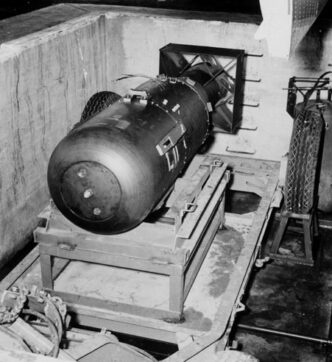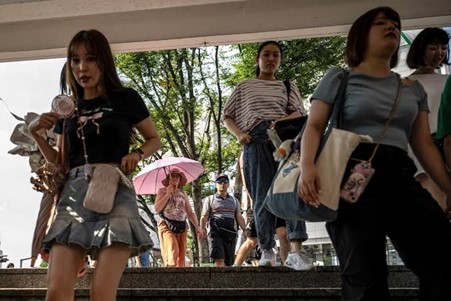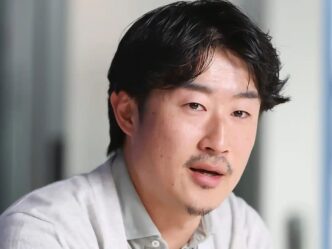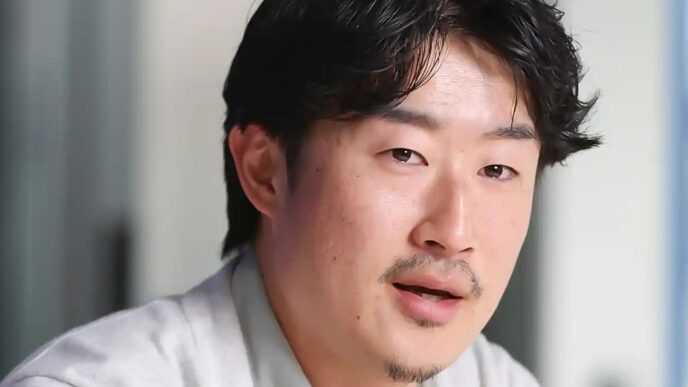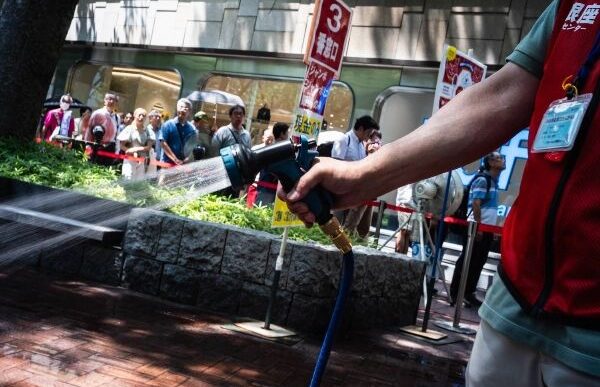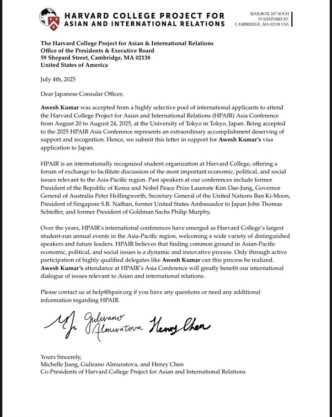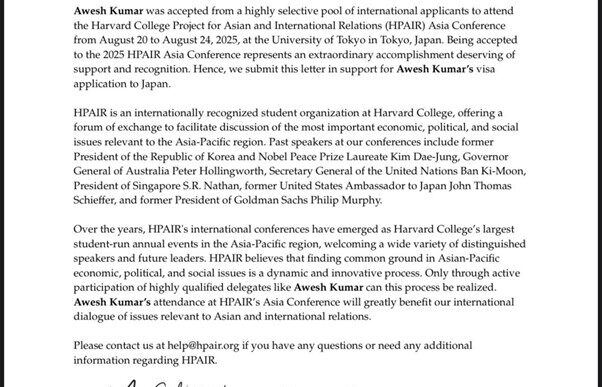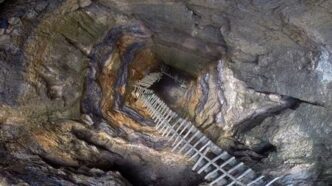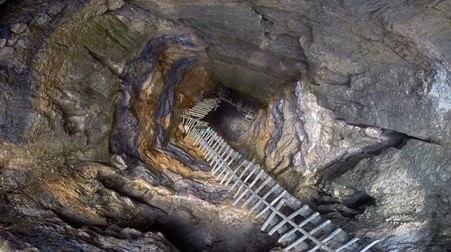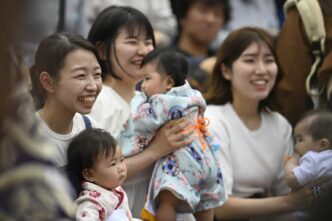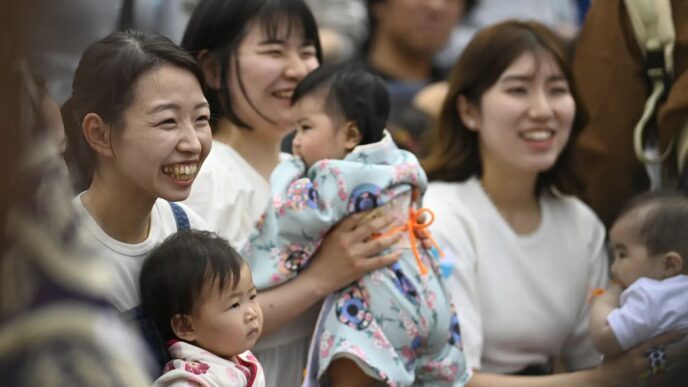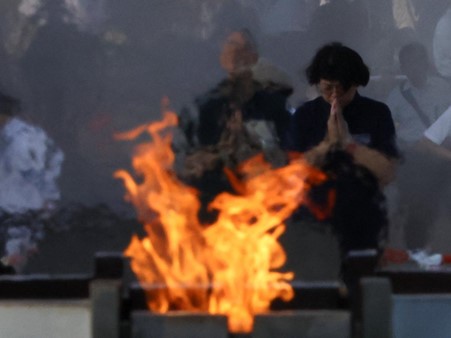
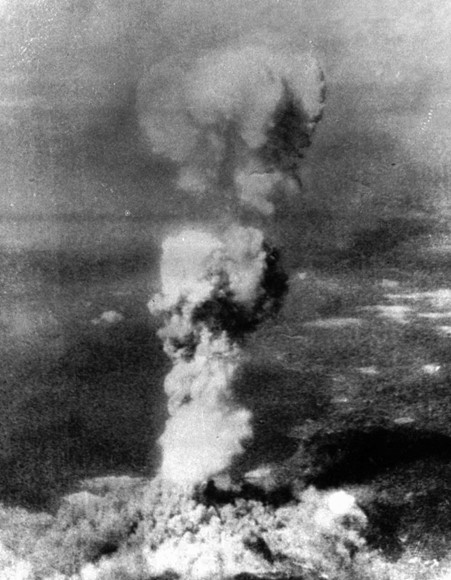
On August 6 every year, the world pauses to remember a moment in history that changed everything. Bells toll across Hiroshima. Lanterns float gently down rivers. Silence spreads—deep and solemn—as people reflect on the day humanity crossed a terrible threshold.
It was on this day in 1945 that Hiroshima, a bustling Japanese city, became the site of the world’s first atomic bombing. In seconds, life was reduced to ash. But over the decades, Hiroshima has transformed itself—not just physically, but symbolically. It has become a living testimony to resilience, peace, and the human capacity to heal.
The Morning the Sky Turned to Fire
August 6, 1945, began like any other summer morning in Hiroshima. Children were on their way to school, office workers pedaled their bicycles through busy streets, and soldiers gathered for morning drills.
At 8:15 AM, all of that changed.
The U.S. B-29 bomber Enola Gay released a 5-ton uranium bomb known as “Little Boy.” It fell silently for 43 seconds before erupting into a flash of light, a blast of heat, and a shockwave that crushed everything beneath it.
- The temperature at the core of the explosion reached over 7,000°C, hotter than the surface of the sun.
- In seconds, an estimated 70,000 people were killed.
- Homes, schools, temples, and marketplaces vanished in fire.
- Black rain, tainted with radioactive fallout, drenched the survivors.
Three Days Later: Nagasaki
Just as the world began to absorb the horror, another bomb—“Fat Man”—was dropped on Nagasaki on August 9, 1945. Originally intended for Kokura, weather conditions diverted the mission. The result was the same—devastation, death, and lasting trauma.
Together, the bombings claimed over 1,66,000 lives and left countless others wounded, both physically and emotionally, for the rest of their lives.
Hiroshima Today: From Ashes to Advocacy
While many cities remember trauma, Hiroshima lives it and transforms it every day.
The A-Bomb Dome, preserved in its post-blast state, is now a UNESCO World Heritage Site. Nearby, the Hiroshima Peace Memorial Park and Peace Museum educate millions about the true cost of war—and the necessity of peace.
Every August 6:
- Survivors, known as hibakusha, share their stories.
- Paper lanterns are released to honor the souls lost.
- A moment of silence is observed at 8:15 AM.
Why the World Must Continue to Remember
Hiroshima is not just a memory of destruction. It is a lesson, a warning, and a vow.
It reminds us:
- That science without humanity can be devastating.
- That peace is not merely the absence of war, but the presence of understanding.
- That from unimaginable loss, hope and healing can still emerge.
Today, Hiroshima stands not in ruin, but in resilience—a living symbol that peace is always worth fighting for.
Frequently Asked Questions (FAQ)
1. Why was Hiroshima chosen as the target for the atomic bomb?
Hiroshima was selected due to its military significance, size, and lack of previous bombing damage. The U.S. aimed to demonstrate the devastating power of the new weapon clearly and decisively.
2. How many people died in the Hiroshima and Nagasaki bombings?
Approximately 70,000–80,000 people died instantly in Hiroshima, with total deaths rising to over 1,40,000 by the end of 1945. In Nagasaki, about 40,000 died instantly, with total deaths surpassing 75,000.
